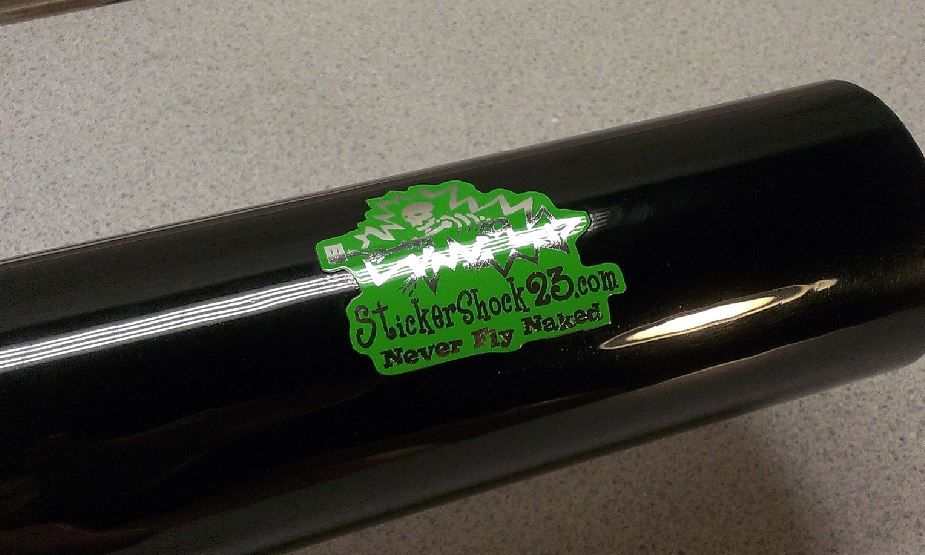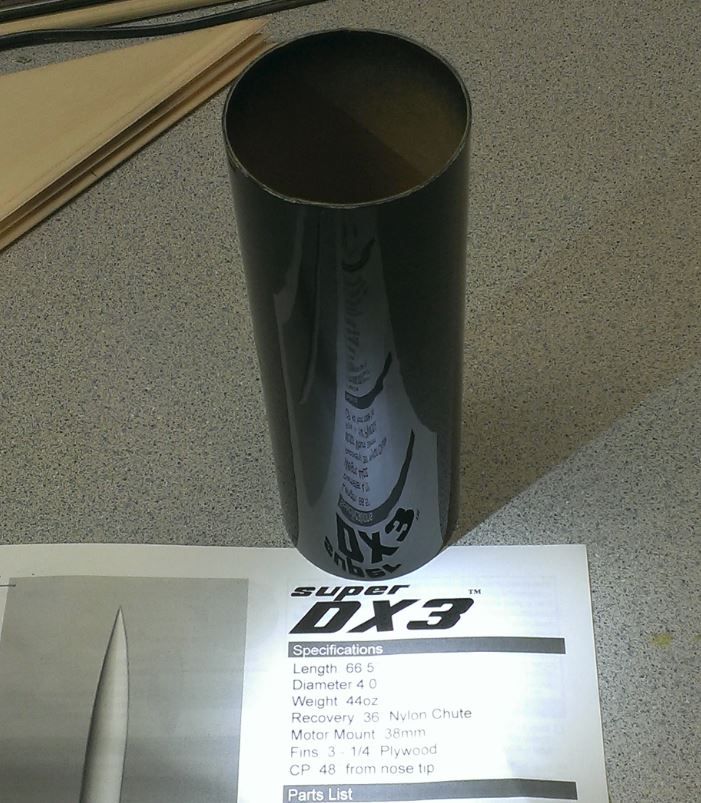Yeah urethane paint is pretty toxic stuff. A respirator is mandatory equipment when spraying urethane.
Same here.
I've been taking lots of pictures during the four color paint process of my Minie-Magg. I started painting 3 weeks ago and I've probably still got another 3 weeks to go. Most of that time is just waiting for enamel to dry. When it's finished I'll post another paint thread on this forum.
PM a link to me. I dont want to miss it.
I have 4 rockets in the queue, and all are 3 inch upscales of my favorite Estes Rockets.
Mark II Yellow fins and upper body, black lower body
Red Max
renegade Flat Black lower body and red from just above the fins to the nose. Mine will be fluorescent orange or metal specks.
A20 Demon Yellow with a single black fin. The nose cone is supposed to be white but mine will be black if the kevlar comes out ok.
Since I havent been able to find fluorescent colors in lacquer, it appears the only option I have for the Mark II, and A20 is enamel. In order to keep the fluorescent paint from smudging EVERY TIME its touched, Ill need to clear coat. I havent had any luck with Krylon clear. It tends to turn milky and Ive heard other had the same issue. I know weve discussed the idea that we dont like to clearcoat enamel, but I may have to. Tell me what youve found that works.
Does it say something about me that I read the title of this thread as "Finishing a Rocket with Lager"??

G.D.
Yes
yes it does. In fact, That may be the best way to finish one.
I have a rocket that I am in the process of finishing. When I masked the BT to spray the fins, the tape left a pattern in the paint where I applied it. Also, where I added an additional piece of masking to the top of the BT, there is a noticeable "ring" around the tube. They don't appear to be deep, so will the wet sand and clear coat fix these?
I used 3M auto masking tape and Testors Model Masters Lacquer (it was the exact right color for the project). I primed with two coats of DupliColor Hi Build primer (mostly sanded off) and one coat of Testors Lacquer primer to cover the gray.
I keep forgetting about the line of Testors Lacquer paint. Thanks for the wake up call.
It Sounds like you have a good primer base, and thats 90% of the finish. Although 3M makes the best masking tape on the planet (yes there is a difference) Ive always used scotch tape to make fine lines. The reason for this is because masking tape will generally allow some paint to creep along the edge. With scotch tape, you can actually see the edges seal. In addition the adhesive is gentle on painted surfaces and it doesnt leave a residue. Here again, make sure youre using 3M tape. Otherwise you run the risk of residue, and tearing.
When youre masking, be sure to leave extra tape, and fold the last ¼ inch or so over. This gives you a place to grab the tape when its time to peal it off.
Another way to avoid ridges, is to use only enough paint to color the project. As soon as youre done applying color, remove the masking. This will allow the ridge to lay down.
I think youll be ok, dont try to sand it smooth, just knock it down a little. Remember, the lacquer clearcoat will melt into the surface of your color. This will help it lay down a little more. Youll be able to remove the rest of it when you wet sand the clearcoat.
Pictures?











